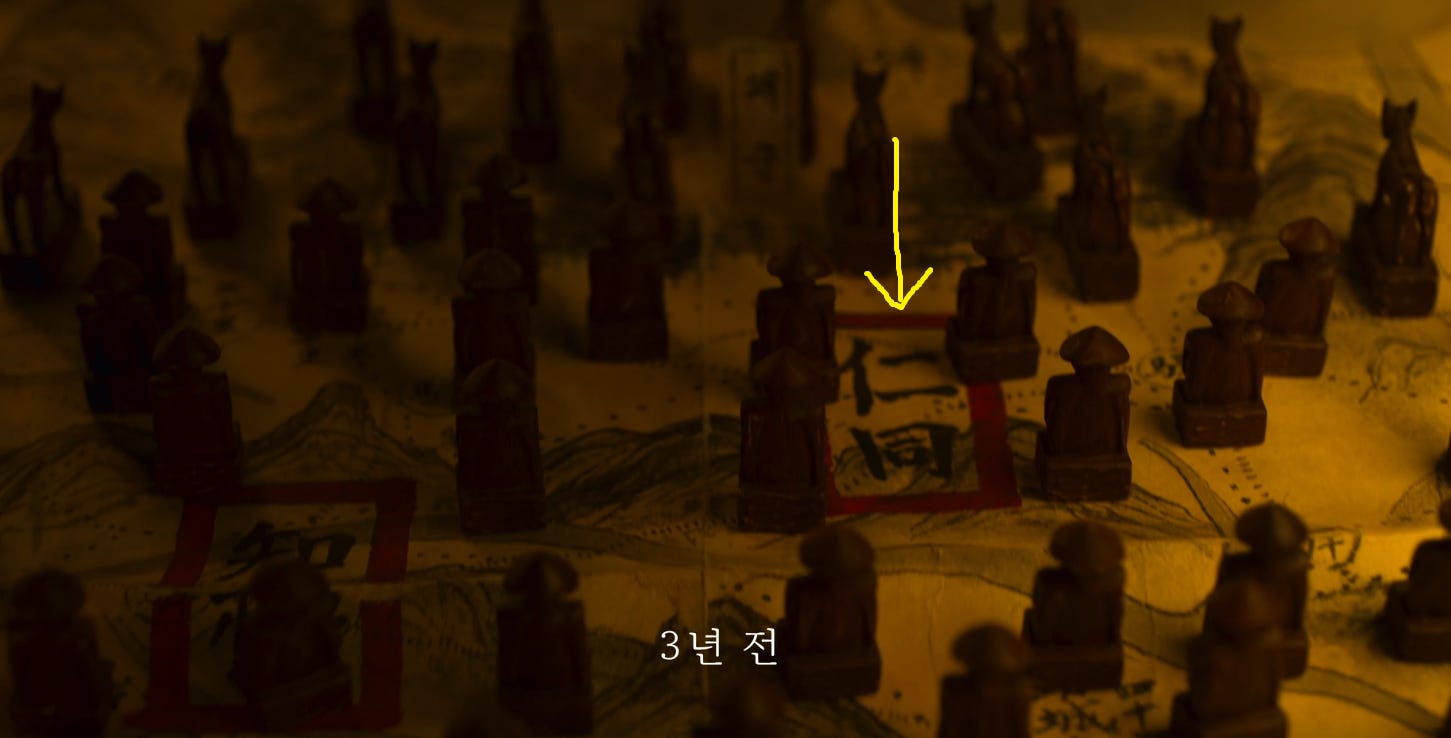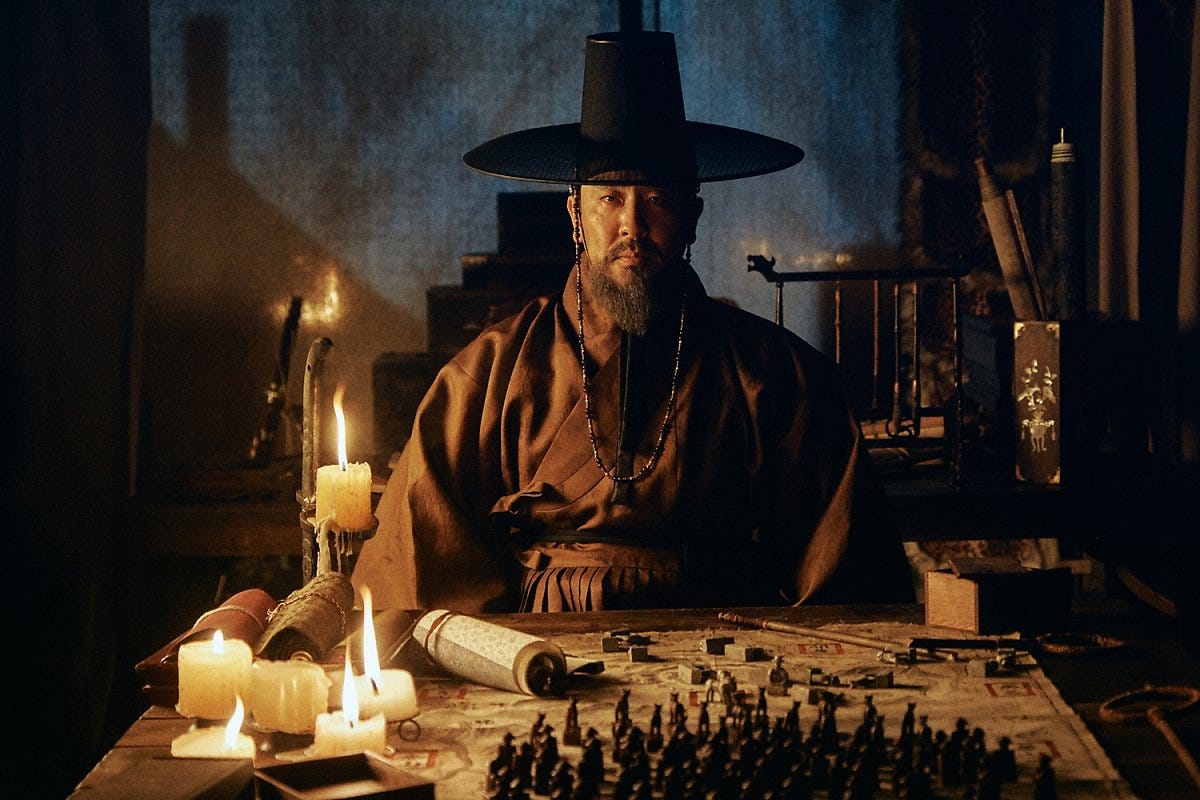Deconstructing Korean Names
Part 2 of 2, Last names
Let’s move on to the last name, or 성씨 (sung-ssy, 姓氏). There is an unexpressed part of the last name that has largely been forgotten by the young generations (say, anyone under the age of 40). It’s called bon-gwan (본관, 本貫) and it used to be a very important part of your family name. It is essentially where “first of your (last) name” ancestor hails from. It is not a reference to Game of Thrones (the concluding episodes were epically bad… ugh…); it literally is the name of the town/city where the person who started your family lineage comes from.
In my previous postings, I have sometimes put the word Indong (인동, 仁同) in front of my last name Jang, and this is what bon-gwan is. My first ancestor Jang Geum-yong was from the town of Indong, near the modern day city of Gumi. The story goes, he was bestowed an official Indong Jang surname by King Jungjong of Koryo Dynasty (r. 1034-1046) for his military heroics. And thus, all of his descendants were to be named Indong Jang. Remember, this is the time when less than 3% of the entire Korean population even had a last name.
The town of Indong is nowhere to be found these days. It is a mere “district, or dong” (the smallest administrative unit and something the government is phasing out) in the small city of Gumi, but apparently back in the day, it was a fairly large town. I was watching Netflix’s Kingdom series again for a reference to something I’m going to talk about a little later, and found this to my own surprise. Season 2, Episode 1, the opening scene where the villain Jo Hak-joo (more on him later) is sitting in front of a battle map…
And there are other Jangs with different bon-gwan. For example, there is the Duksoo Jang, with the lineage starting with Jang Soon-ryong in the 13th century. The interesting factoid, according to written records, about Duksoo Jang founder Soon-ryong is that he was a 회회인 (回回人, hwae-hwae-in), which means a person of Arab/Turk/Uighur race. To that end, while any Indong Jang may be considered a distant relative of mine, a Duksoo Jang isn’t. Not that any of this matters in today’s social structure.
It would be like the Irish Murphy family of Wexford (southeast corner of Ireland) origin is neither related to the Murphy clan of Cork (southwest) roots, nor to the Murphys of Galway (west coast of Ireland), and so on.
Irrespective of bon-gwan, the 25 most common last names of Korea are:
김, Kim, Gim, Ghim
이, Yi, Lee, Rhee
박, Bak, Pak, Park
최, Choi, Choe
정, Jung, Jeong, Chung
강, Kang, Gahng
조, Jo, Cho
윤, Yoon, Youn, Yun
장, Jang, Chang
임, Yim, Lim, Leem
한, Han, Hahn
신, Shin, Sin
오, Oh, O
서, Suh, Seo
권, Gwon, Kwon
황, Hwang
송, Song
안, An, Ahn
유, Yoo, You
홍, Hong
전, Jun, Jeon, Chun
고, Go, Ko
문, Moon, Mun
손, Son, Sohn
양, Yang
The single most common last name, including the bon-gwan, is Gimhae Kim (Ghim), one of the oldest surnames that dates back 2000 years, that makes up almost 10% of the entire Korean population! Gimhae is a city next to Busan, the second largest city in Korea. And there are lots of different Kims. There’s Gyongju Kim, Gwangsan Kim, and the infamous Andong Kim, among others.
I say “infamous” because Andong Kims were known for their power abuse and extreme nepotism during the late Josun Dynasty (otherwise a very reputable and historically significant family). When you read Korean history books, you will undoubtedly come across this name and their despotic leverage over the entire government, including the King himself. Equally as egregious in its greed for power, if not more so than the Andong Kims, was the Poongyang Jo (Cho, 조) clan. By all accounts, their influence was beyond measure and treachery reached stupefying levels during the early and mid 19th century (another story for another time).
In the popular Korean zombie drama series Kingdom on Netflix, there are repeated lines of “Haewon Jo” this and “Haewon Jo” that. The main villain of the drama Jo Hak-joo (조학주) is usually the one uttering those words and that’s precisely what he’s referring to—his Jo family’s bon-gwan.
The catch of course is, there is no Haewon Jo. It is a made-up name, not a real one. But when I was watching the series couple of years ago, I couldn’t help but think that the antagonist Jo clan was modeled after the Poongyang Jo family. The comparison is slightly anachronistic, for the story of the drama is supposedly set in the late 16th ~ early 17th century, against Poongyang Jo’s rise to power in the 19th century. Regardless, this was not a very subtle swipe at the Poongyang Jo family and its sycophant cronies by the writer. That much was pretty clear to me, and probably to all other Koreans who paid any attention during history classes.
Let it be clear, however, that this (the Andong Kim and Poongyang Jo thing) is all in the centuries past, and no one considers the two families the enemy of the state, or anything remotely resembling as such.
In the previous postings, I have mentioned that the last name of the Josun Dynasty royal family was Yi. By now, you should be aware that this isn’t a complete description of their surname. The proper way of saying it would be “Jeonju Yi” because other bon-gwan Yi’s have nothing to do with the royal bloodline of Josun. According to a recent Korean census, there are about 170 different Yi (Lee) lineages, including Gyongju Yi, Sungju Yi, Gwangju Yi and so on.
So, there you have it. More or less a complete picture of how a Korean name is constructed. If there’s one thing you should remember from all this is that the last name comes before the given names.
For a reference on the Korean map, the towns/cities of bon-gwan’s mentioned in this posting are located…
Indong
Duksoo
Gimhae
Andong
Poongyang
Jeonju





Once again, I appreciate the map [지도].